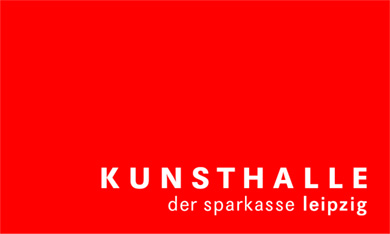The Leipzig School
After World War II, for the first time in the long history of the city, Leipzig developed an advanced level of graphic art. When Bernhard Heisig was finally successful in 1961 to establish the first free painting class at the art academy, which is now the Academy of Visual Arts, this class was filled with great talents overnight. In addition to this academic circle, there was also an equally outstanding circle of freelance artists. Despite all differences, which were often highly productive between these two groups, common features can also be established.
LEIPZIG SCHOOL (LEIPZIGER SCHULE) stands for: a high artistic demand with conscious and intuitive social analysis, presented by notable artistic craftsmanship. This became distinct as early as in the late 60s and was then already a distinguishing difference of this school in contrast to other German and also European art developments, and finally led to the notion of the LEIPZIG SCHOOL in the early 70s.
During approximately the last 10 years, discussions concerning the LEIPZIG SCHOOL have been revived. Although this term did not have a conclusive definition, a new one was created: NEW LEIPZIG SCHOOL. It includes the perpetuation of art traditions, the highest of artistic craftsmanship and stylistic diversity as the main features of the distinct Leipzig art development. They are the foundation for artistic interpretation of perception of the world.

